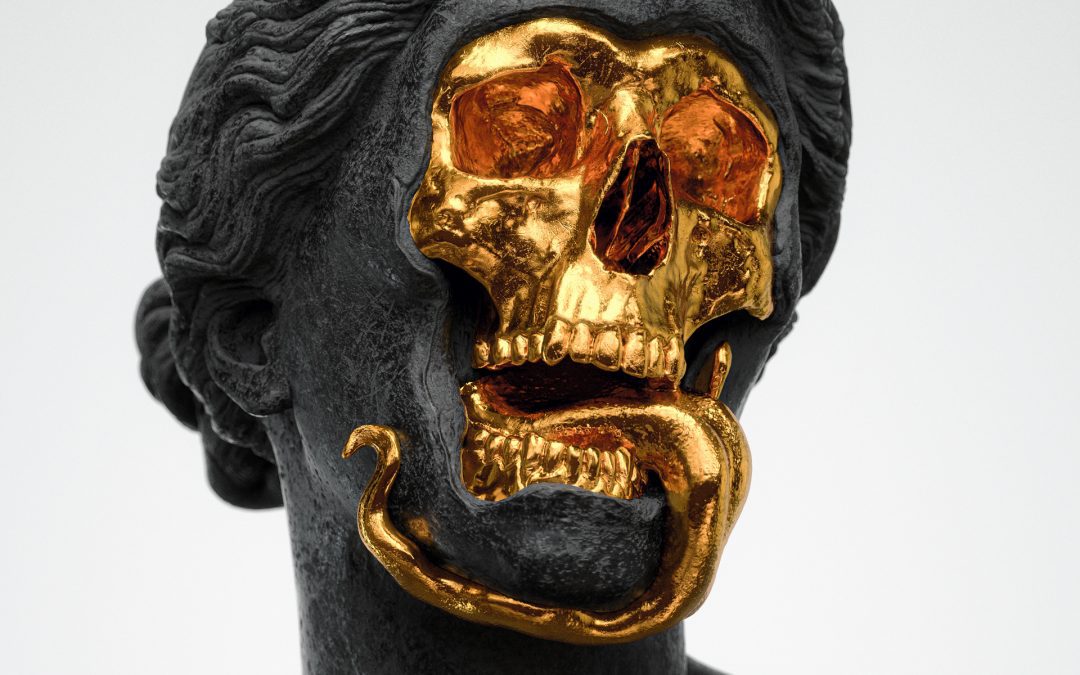The artist talks digital expression, pushing the surreal, and her collaboration with NARS Cosmetics.

Top 10 picks by Paloma
Top 10 picks by Paloma
Over the last few years, I’ve spent each autumn photographing polar bears in northern Canada. The assignment has been to document their journey from ice to land, then back to ice again. This image, taken from a doors-open helicopter in -60c, was taken my final day of the project. Previous to this, I’d been following this large male for nearly 3 weeks as he tracked up the coastline waiting for big freeze up. Then, following a brutal early winter storm, the ice appeared almost overnight. From land, we watched him through binoculars as he made his first steps onto the floe… and he was gone. The story didn’t end there. We flew back to Churchill, Manitoba and hired a specialist helicopter to find “our guy”. After signing our lives away, we opened the doors and took off. Within 30 minutes we were out 10km into the floe and there he was, fast asleep at the end of a massive ice floe. His footsteps snaked across the frozen landscape, symbolic of his lengthy journey to this point. In that moment, the scene struck me on a personal note: never forget how far you’ve come. From the boy who could’ve only dreamt of photographing polar bears, to actually doing it. —– Climate change is altering this habitat at an increasingly alarming rate. With freeze ups occurring later and melts happening earlier, polar bears in this region are hugely under threat. We need to act together or these footsteps will fade, forever. Through putting “Frozen Footprints” in your collection, you’ll do exactly that. By purchasing this piece, you’ll be contributing to the NFT Conservation Fund. The full details are on my website.
2160 x 2160 – music and visuals by the artist
A gravitational singularity, where all conceptions of time and space catastrophically break down. A combination of a generative code fused with a 3D workspace in blender. 9000 x 10000 pixels
This photograph was taken at the Ballarò Market in 2019. Ballarò is one of the oldest, and liveliest, street markets in Palermo, Sicily. The market is filled with people and, to make a good picture here, one needs to be accustomed to working in crowded spaces. Also, the floor tends to be slippery due to the cobblestones and fresh fish that comes through daily. I had to be careful to not break my neck while making this dynamic and dramatic picture!
Featuring actor and musician Kat Cunning, shot during the the 2020 pandemic. A taste for the theatrical. Dimensions: 5675 x 3192px

“All that you are” is a visual ode to the black woman and her everything.
Black stones, dark alleys, stiff pillars erected to reach the crimson sky, the city of Archedium appeared frozen i a sea of burning lights. Digital hand drawn illustration. jpg 7200×10000 pixels.
I have created numerous whimsical and colorful worlds throughout my career, but this one is special. I wanted to illustrate a story inspired in creation where we see this fantastical Meta-World under development. This place is rich in details and very colorful; It portrays my vision as an artist with a bright eye for the future. I hope you wish you could be in it, even if for a minute! On the right side, we see the creator on the computer and his excitement; outside this “bubble” we see the result, a vibrant and positive world where guests arrive wearing VR sets. The only character without VR sets is probably an actual avatar from another guest somewhere. 2500 x 1406 px
401 N Wabash is a building I’ve enjoyed photographing ever since construction was completed in 2009. A lot of my cityscape and architectural work has prominently featured this tower, and even a print of this photo hangs in the home of Adrian Smith, the architect who designed the building. This photo was taken from the Hancock Observatory while the entire city was being consumed by fog. I waited patiently to capture the tower at the perfect moment so it was the only building poking through the clouds.
I have created numerous whimsical and colorful worlds throughout my career, but this one is special. I wanted to illustrate a story inspired in creation where we see this fantastical Meta-World under development. This place is rich in details and very colorful; It portrays my vision as an artist with a bright eye for the future. I hope you wish you could be in it, even if for a minute! On the right side, we see the creator on the computer and his excitement; outside this “bubble” we see the result, a vibrant and positive world where guests arrive wearing VR sets. The only character without VR sets is probably an actual avatar from another guest somewhere. 2500 x 1406 px
Tech






The Future of Giving is On-Chain: NFTs for Social Causes
Tony Fantano interviews artists and NFT project founders who sought to support Ukraine, gender equality and raise awareness about mental illness through selling art and building DAOs.
Curators' Choice






Curated Conversations: Emily Xie
SuperRare Labs digital editor Shutong Liu interviews Emily Xie about how her Art History and Engineering background informed her work, her past year as a full-time artist, and the generative art landscape.


















































